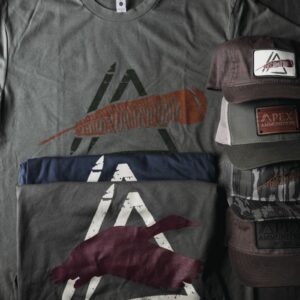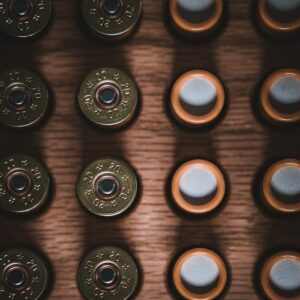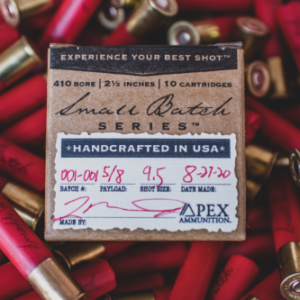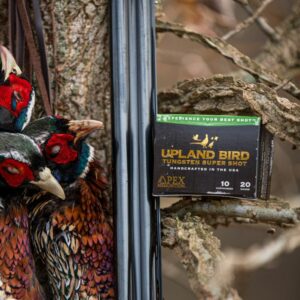Patterning your shotgun is one of the most essential things we can do in the off season. While a very common practice for turkey hunters, waterfowl, upland and predator hunters tend to see it as an unnecessary chore. Nothing shakes your confidence more that wounding or missing, and knowing your equipment and its limitations are the backbone to your success.
Patterning your shotgun is relatively easy, inexpensive and not very time consuming. With simple materials, anyone can gauge the effectiveness of their setup in just a few steps, and even try different combinations to find what works best. With several articles online for, “How to Pattern A Shotgun,” here is a breakdown with respect to “why” a shotgun is patterned the way it is and what it ultimately means for you.
The industry standard for a turkey pattern is a 10” circle at 40 yards. Its important to note that a shotgun is nothing more than a scatter gun. While its encouraged to pattern your gun in 10 yard increments from 10 – 60 yards, at 40 yards you will be able to effectively measure your point of aim versus point of impact. No two shotshells and patterns are exactly the same and since this is a scatter of multiple projectiles, and not a rifle, you are determining where you aim, and where you actually hit your target with the densest part of your pattern is as close as possible.
The general rule of thumb is to get 100 pellets in a 10” circle in order to consistently kill a turkey. Being able to repeatedly get this pattern density, you’ll ensure that at minimum 8-15 pellets hit a turkey’s vitals in the head and neck whether its front facing, sideways or facing away. Furthermore, from the time you decide to pull the trigger, actually pull the trigger and the shot hits your target, a turkey can move its head. This factor with the pattern concentration listed above ensures no matter which direction if a bird moves its head, your pattern will cleanly and effectively end in a successful hunt.
For waterfowl/upland, the industry standard is a 30” circle at 40 yards. While many people will pattern at 25, 30 or 35 yards, keeping at 40 yards gives consistency as well as accounts for tunnel vision where the birds are a touch farther than you thought in the heat of the moment. The rule of thumb here is that in a 30” circle, a minimum of 100 pellets will consistently put 8-10 pellets at a minimum in a mallard size duck/pheasant’s vitals for an effective kill. With geese and larger shot sizes, 55-65 pellets in a 30” circle will result in a clean harvest. For smaller ducks such as teal and smaller shot sizes, 130 pellets in the 30” circle will yield effective killing patterns. While similar to a turkey moving its head, by the time you decide to pull the trigger and the pattern reaching its target, a duck/goose/pheasant can slightly move off your original point of aim. This diameter of 30” gives you the wiggle room needed for ensuring your pattern is efficient enough no matter where the target is inside the 30” and that’s its effectively harvested. Patterning a gun is simple, but its importance can mean the difference between, “a bird in the hand or two in the bush.” While it may seem tedious, its importance is unrivaled for early season prep. What is also critical is how you interpret your results and understanding the “why” of patterning dynamics. Knowing industry standards, your equipment and varying your pattern testing will result in a consistent, effective clean killing pattern at various ranges that ultimately make you more successful.








